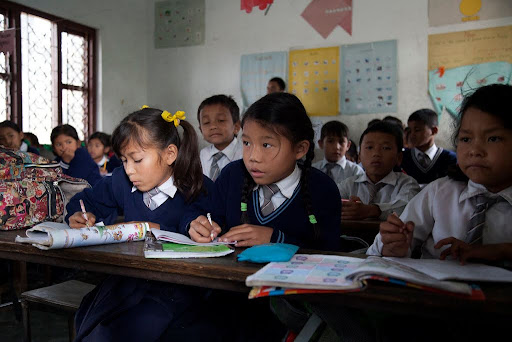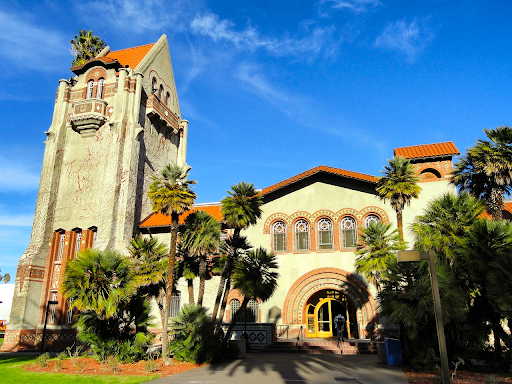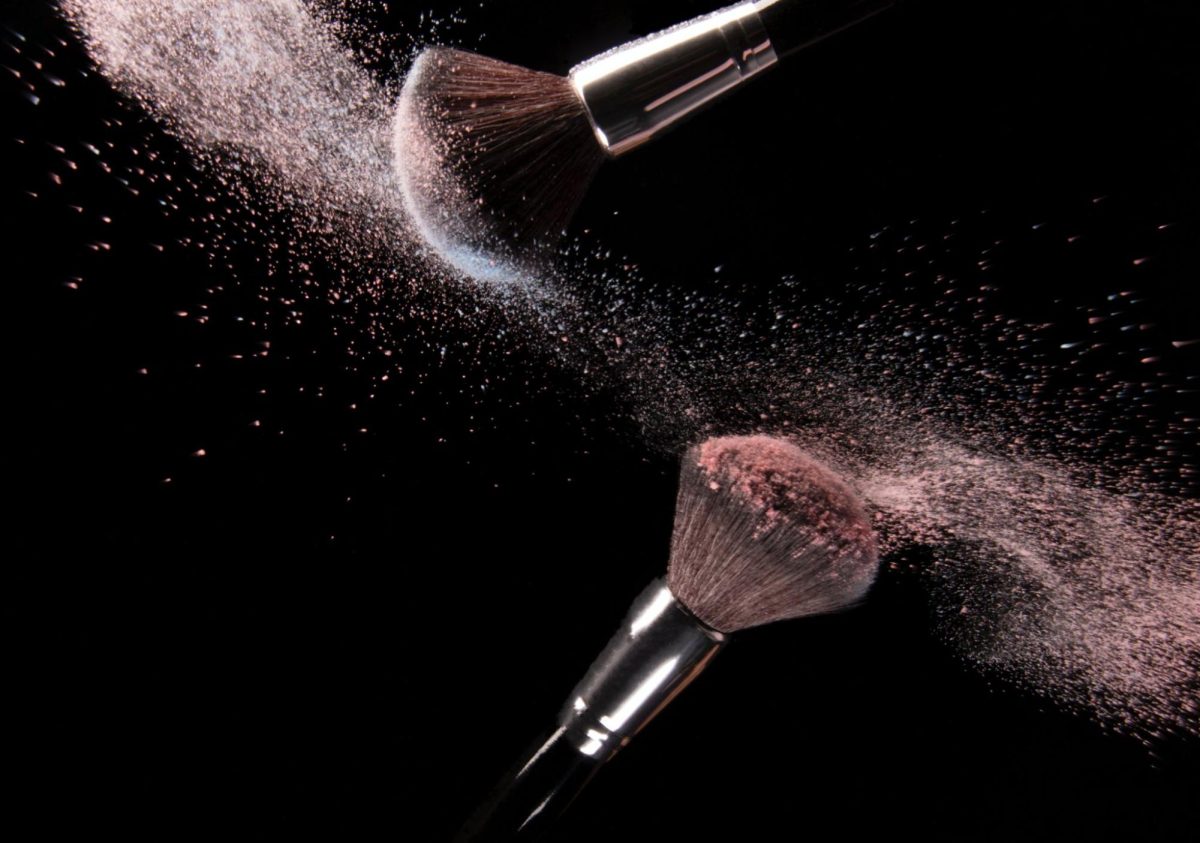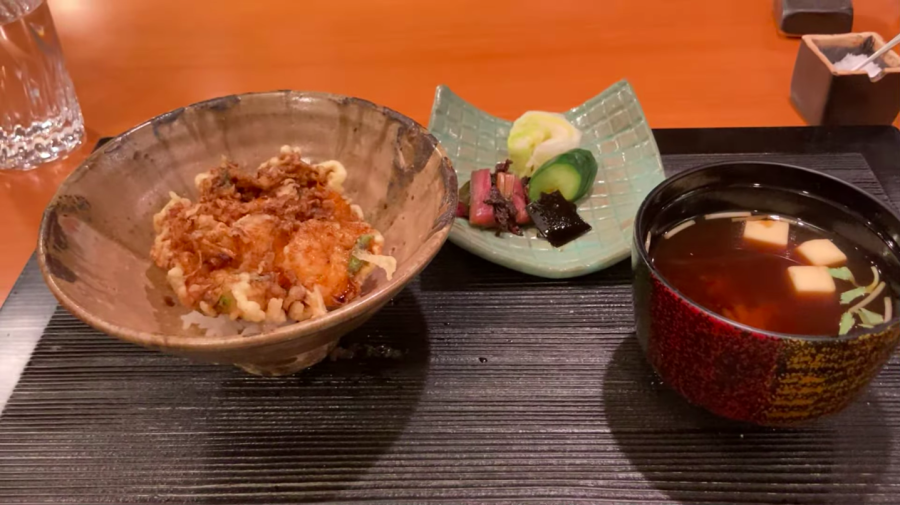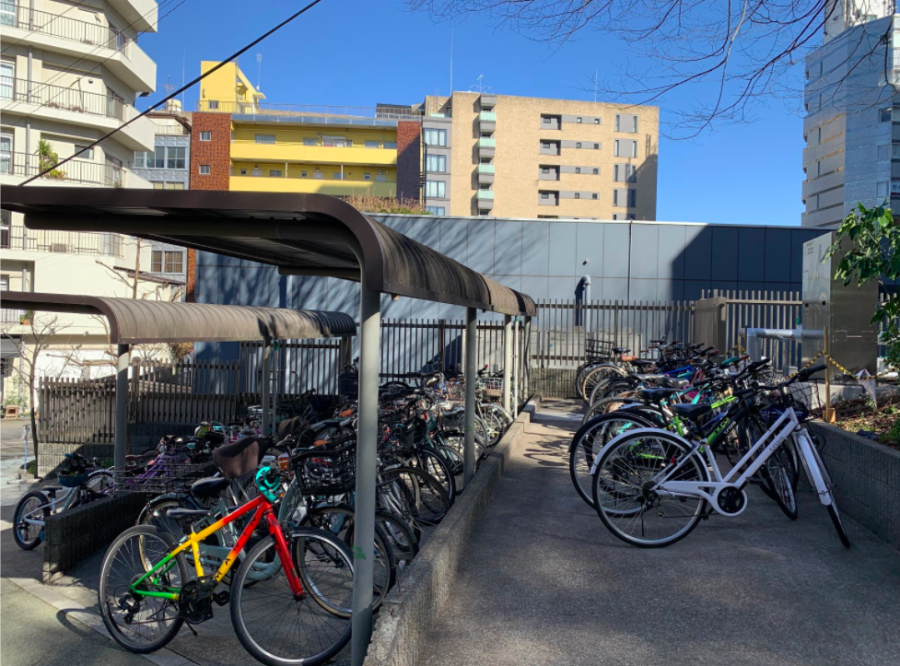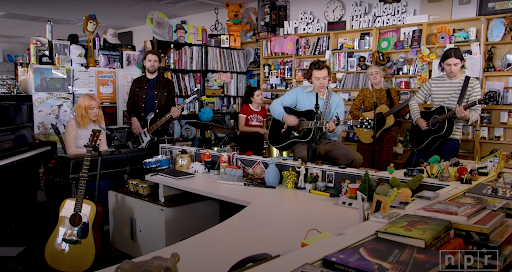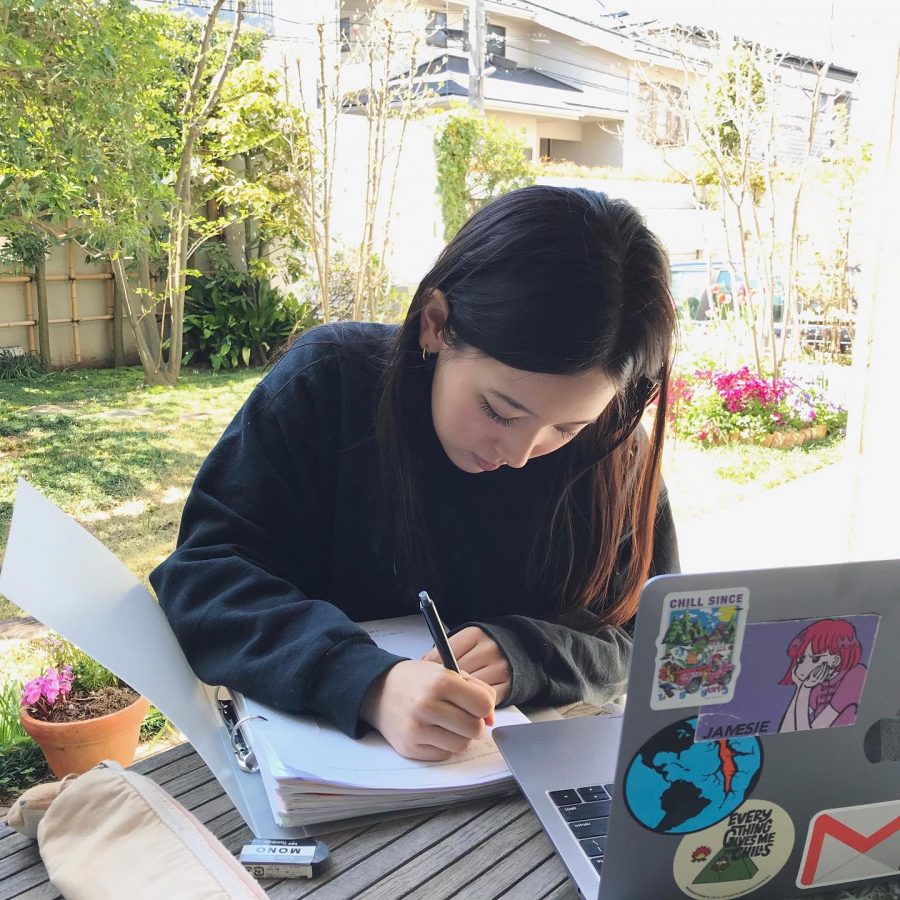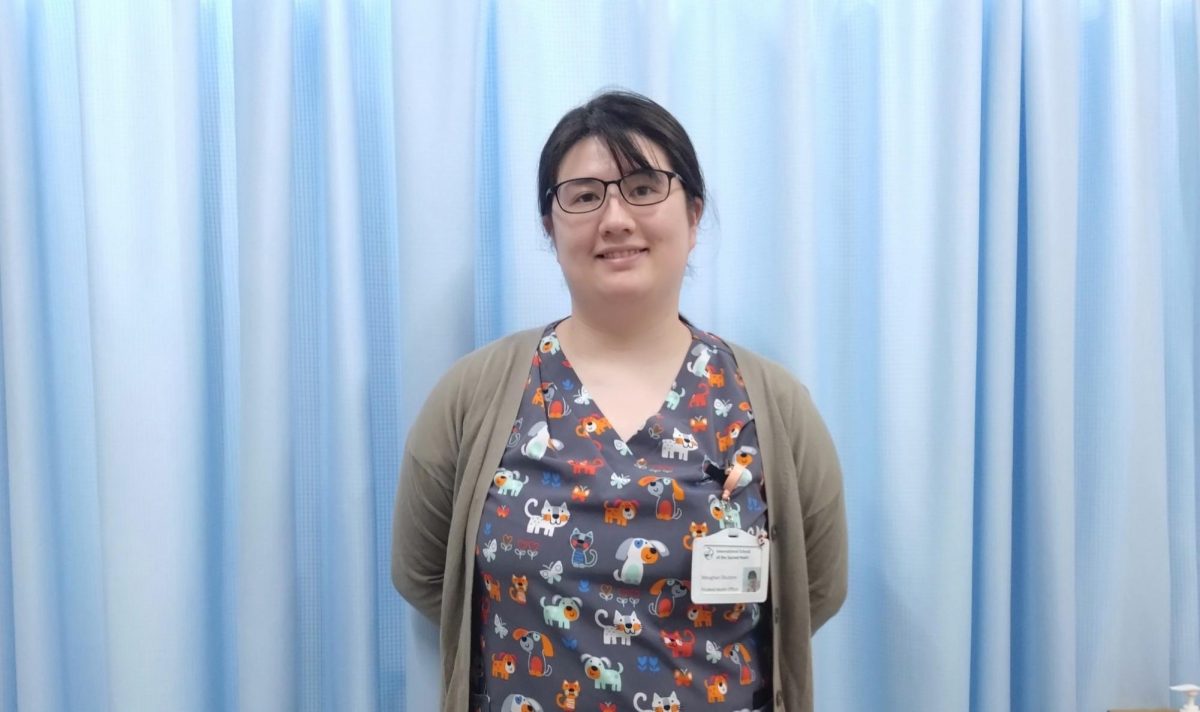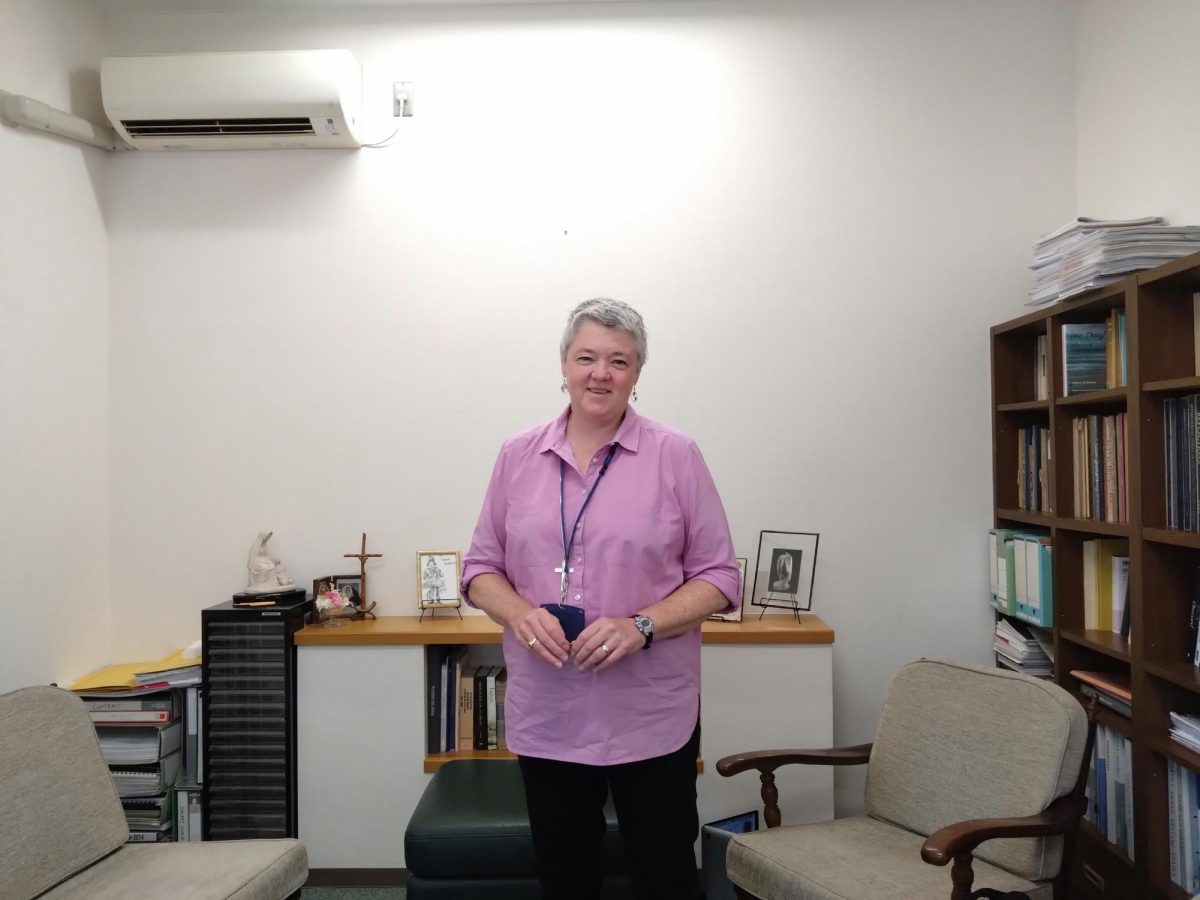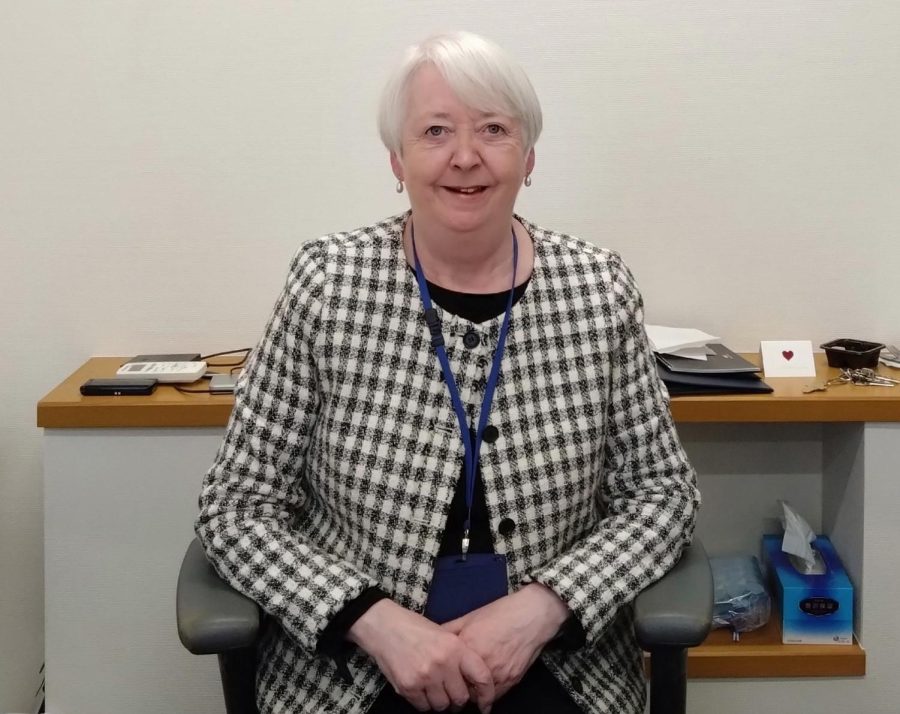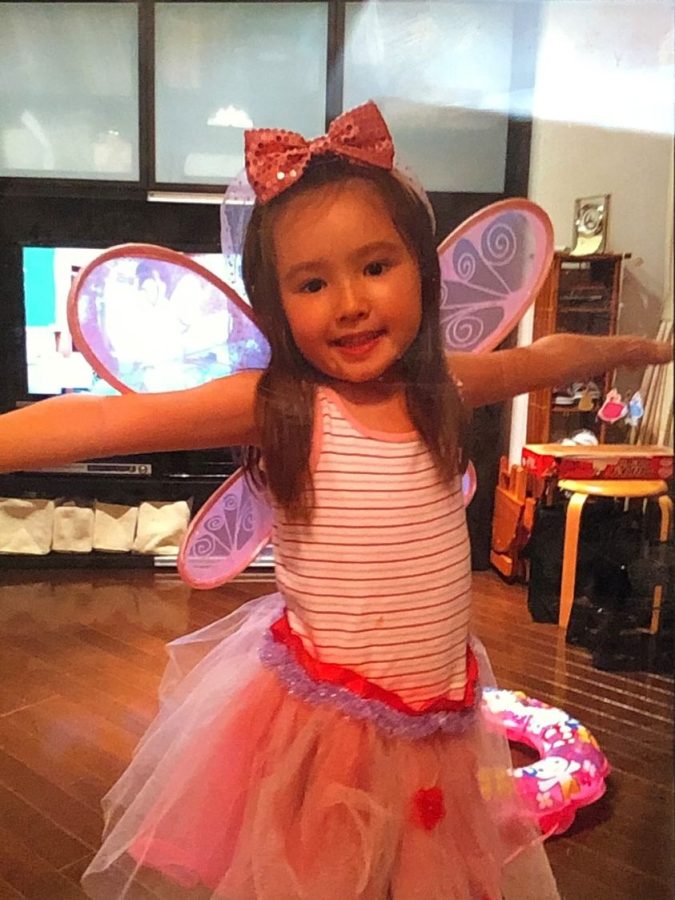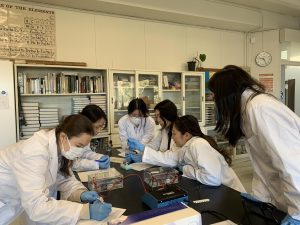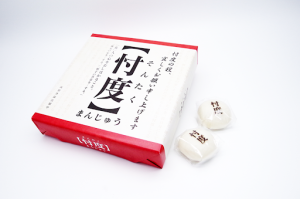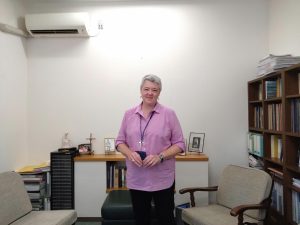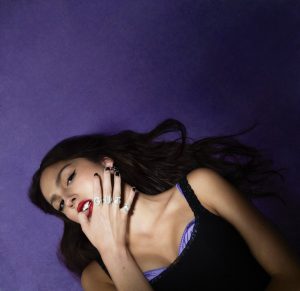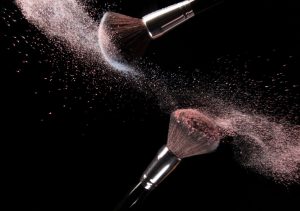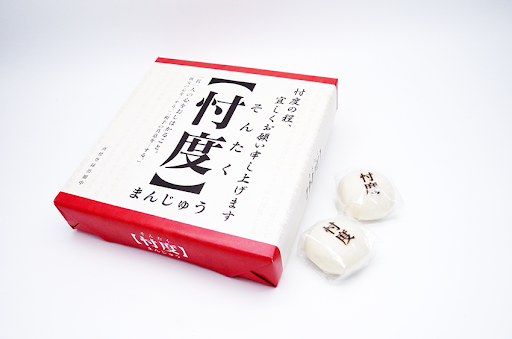A question most students grapple with before choosing Sacred Heart is whether to join an all-girls’ or a coed school.
The International School of the Sacred Heart is one of the two all-girls’ international schools among other coed international schools in Tokyo. All-girls’ schools have a reputation for being conservative, a place where gender stereotypes are glorified. They have a history based on religious and gendered education. However, as Matt Albert, the executive director of the Center for Reflective Communities in LA, states in an interview with the US News, “Single-gender schools can establish more relaxed environments [and] less gender stereotyping, and courses can be tailored to student needs and interests.” With all domains, academics or sports, arts or leadership, available to everyone, more girls are motivated to pursue “non-girly” interests and passions, without the barriers of gender stereotypes.
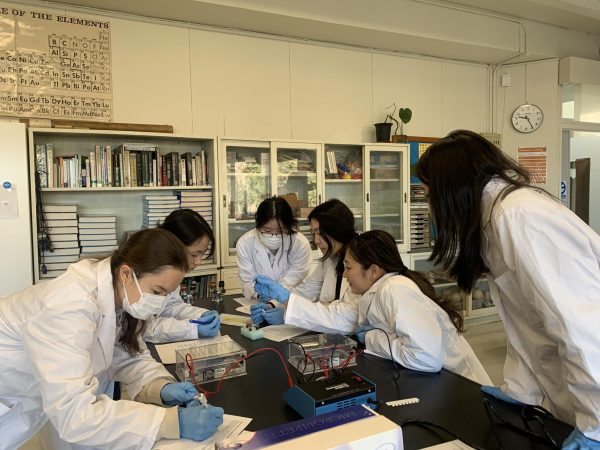
(Khwaish J.(’24))
In co-ed schools, however, many positions tend to be filled according to gendered undertones, with STEM and leadership positions being a “boys’ thing” and humanities and arts being a “girls’ thing”. The study from the University of Queensland notes that the difference in levels of confidence for boys and girls in single-sex schools seems to be negligible. On the other hand, countless studies, such as a study by Kearney-Cooke A at the National Library of Medicine, state that in a co-ed school, this is not the case. Girls tend to have a lower level of self-efficacy compared to boys in these schools.
Upon entering the University of Tsukuba, Alisa B. (‘20), a biology major, noticed in her academic classes, “If there’s an opportunity, [boys] would jump at it.” However, “girls – this is not everybody, of course – tend to be a little bit more passive or want to think about something well before taking the opportunity.”
Allysha Y. (‘21), a political science major at Sophia University, similarly noticed discussions in bigger classes were “male-dominated.” “Girls tend to hedge their opinions,” she said, “whereas guys typically are more like, no, this is what I think, and this is right!”
Allysha explains the situation created, “It’s hard to have proper conversations or like proper discourse about stuff if some people are too headstrong.” This challenge wasn’t exclusive to the two alumnae. Coming from an all-girls’ school, however, this new understanding made both Allysha and Alisa also understand the impact Sacred Heart has had on them.
Allysha said, “Since Sacred Heart was very much pushing girls to speak out and take on leadership… it was less awkward for me to just speak up my mind, it came more naturally.”
The male dominance of STEM fields is also a well-known challenge. Alisa expresses the shift in professional roles she noticed compared to the female-dominated environment at school. “Almost all of my professors are male,” Alisa said, “Especially in the science field, in Japanese universities, a lot of the professors, especially the more senior professors, are almost all male.” Alisa acknowledged the change in the gender imbalance, with student enrollment in biological sciences being 49% female and 50% male, according to a study done by HESA.
Even with this recent development, she still noted the challenge of finding female role models who have built longer careers in science. However, being in an all-girls’ environment during high school allowed Alisa to have a different understanding than her peers. She was always taught women could do anything, taught that “all positions can be held by women. Organizations that only have women can run perfectly and have great leaders.”
Aside from academics, the change from an all-girls’ school to a co-ed school led to changing social dynamics, a shock to both the alums. Allysha said, “ I’m used to my main friend group consisting of only girls in Sacred Heart, but then going to college with guys just changes the dynamics of the friendship or how you socialize with your peers.” She goes on to express the differences in values and how they see the world. Alisa agreed, stating she was “pretty nervous in the beginning. However, I got used to it right away.”Allysha advises, “Do what’s natural for you, and you’ll find the right people for you.”

Even with distinctly different social experiences, both the alums express the importance of socializing. Allysha said that if “you are not used to socializing with the other sex that much, it’s a harder learning curve.” All-girls’ schools can force you into a bubble if you do not seek opportunities or put yourself out there to socialize in co-ed environments.
All-girls’ schools such as Sacred Heart allow girls to pursue their interests without the pressure of fitting into gendered stereotypes, allowing girls to be more confident and motivated, compared to girls in co-ed schools. Its disadvantages in providing an environment that mimics the co-ed world can be easily overcome if students are learning how to work and communicate with a diverse group of people and are free to explore social co-ed opportunities such as interschool competitions and extracurriculars.
As a final piece of advice from the alums about the transition, Allysha said, “Just stay true to yourself. Don’t feel like you have to change or do anything you don’t want to just to fit in.”

